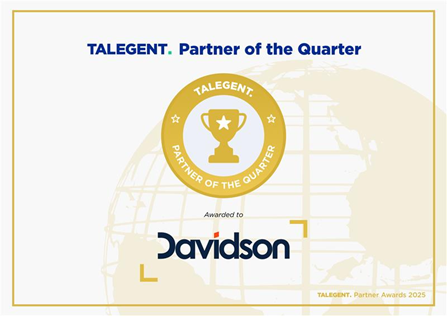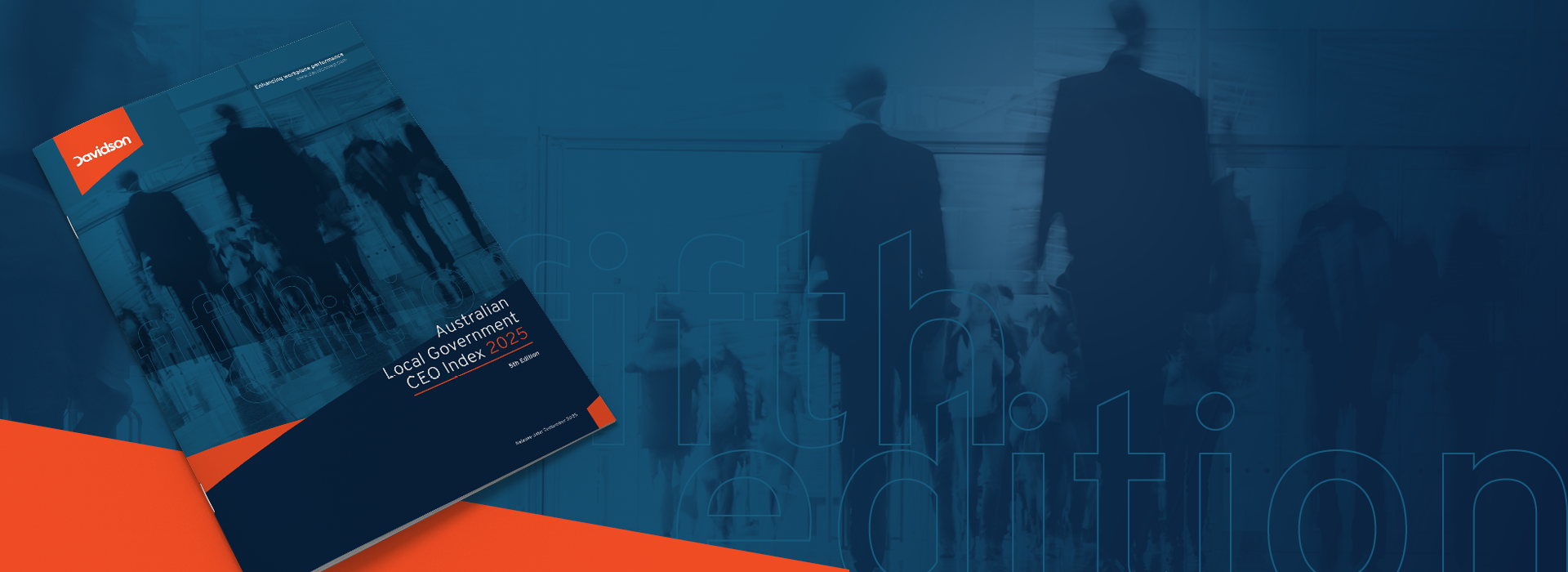Technology Challenges for Local Government
It is not the destination but the journey that has Local Government pausing to consider their next step.

The advantages of having a single integrated IT (ERP) solution combining activities such as finance, property and revenue management, capital planning and delivery and customer and community management, are not lost on Local Government. The destination promises lower operational costs, reliable technology, a simplified, online user experience for employees, local business, ratepayers and the community.
ERP and enterprise local council specific solutions, also promise to meet the day-to-day operational requirements with better data tracking, more accurate and easy reporting and a platform from which to tackle emerging challenges and deliver smart city initiatives.
But unlike the digital transformations of the late nineteenth century (think 1980s and 1990s) and even the early two-thousands, standalone technology will not always deliver a positive ROI. Today’s successful digital transformation requires local government to prepare for a different journey. One that demands a fundamental rethink of those same models—essentially a new blueprint for how local government will add value while navigating potential risks and looming challenges.
Outside of local government, a recent study reports that only 11 percent of businesses believe their current business models will stay economically viable through this year.
Davidson’s Local Government CEO Index 2022 speaks to some considerations of 111 of Australia’s local government CEOs in 2023.
A survey of current literature on
Digital Transformation in Australian Local Government by Danial, Evans and Velasquez reveals the journey is further hampered by three fundamental challenges:
- Insufficient benchmarking, that is, nobody clearly understands what a transformed local government looks like to help assess digital maturity.
- Lack of management support. ‘LGs usually fail to adopt and adapt to new business models because of the management’s inability to recognise new technological opportunities.’
- Inadequate resources, including funding, skills and even stable internet in rural areas.
While the Federal Government has released a Digital Service Standard, setting out best-practice principles, it doesn’t go far enough in closing the gap.
Here at Davidson, we recruit digital savvy and capable C-Level leaders for local government organisations across Australia.
Our deep expertise sees us partner with CEOs and their teams to advise and deliver relevant analysis and insights on which to base product agnostic strategic plans and supporting investment proposals for business and digital transformations.
And we’re there for you throughout the journey, whether that be to recruit niche technical talent, identify and manage change impacts, or as a guiding hand to ensure the successful integration and innovation of technology and business.
Let’s talk. Find out more here.
Share this content





